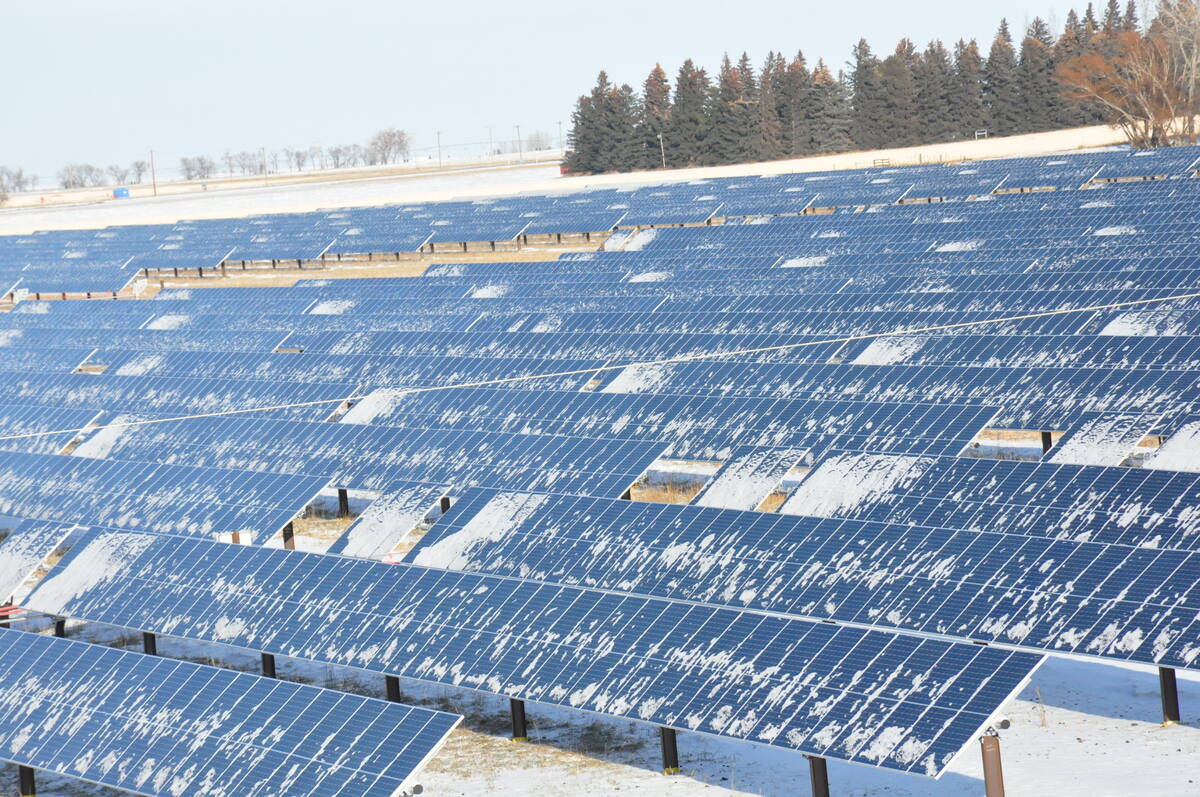A very strange thing happened this week, as we put this edition of the Co-operator together.
You can see it yourself, on our featured article at Farmit Manitoba. It’s the very last story that Allan Dawson will publish in these pages as a staff reporter.
I say strange because most of us can’t quite imagine the Co-operator without him.
Read Also

Why agriculture is Canada’s energy ace
Why isn’t agriculture getting more play in Canada’s quest for efficient, renewable energy production? It should be
But after 42 years as an agriculture reporter, almost all of them with this publication, Allan has retired.
He and I go back a good long way. He was already a senior reporter here when I joined the staff in the late 1990s as a summer intern, and then later as a junior reporter.
Our mutual careers have taken both of us on a few twists and turns, but for the past several years we’ve once again been colleagues here at the Co-operator.
Longtime readers will know Allan to be among the best agriculture reporters in the country, with keen insight and encyclopedic knowledge of many areas, including some of the most complex files in agriculture, such as grain transportation.
It was on this particular topic that I first made his acquaintance, back in that first summer as an intern. While I had already met the rest of the editorial staff, Allan was an early pioneer of the home office, and we hadn’t met.
A few weeks in, I filed a story about a short line railway proposal in the Parkland region, my first foray into the complex world of railways.
The day the paper came out, my phone rang, and a voice spoke to me from the other end of the line: “Hi Gord, we haven’t met officially. I’m Allan Dawson. I read your short line story, and really liked it. There’s some background details I thought you might find it helpful to know for the future.”
More than an hour later, we wrapped up our conversation, and I suddenly knew more background information about railways and the grain transportation and handling system than I’d even been aware existed — along with a side order of the role of the Canadian Wheat Board in the marketing system.
I will forever be grateful that Allan went to the effort to pick up the phone and extend a collegial hand to a new entrant into the field. He didn’t have to do that, and it opened the door to many fruitful conversations over the years.
When Allan and I sat down, either in person or over the phone, without exception, I left the conversation with a lot more about very complex agriculture topics than I had begun with, a trend that continues even today.
In preparation for a small retirement luncheon, we talked to some of the sources he’s interviewed repeatedly over the years. Their testimonials share some common threads — his knowledge of the subjects he covered, his tireless work ethic, his reliability and trustworthiness, and his good nature, just to name a few.
I had the opportunity to visit with Allan and his wife Joyce recently, at their home just west of Miami, on the Manitoba Escarpment, for a profile I will be writing on Allan’s career in a later edition.
During our lengthy discussion, Allan noted that one of the reasons he’d enjoyed his career so much was that he’d been afforded the opportunity to work on these files over a long period of time. That let him build the background knowledge that made his work better.
Back in the heyday of print journalism, he’d have been known as a good-old-fashioned beat reporter, an increasingly rare thing in these days of tweets and quick online hits.
The fact it’s becoming a rarity is a loss to us all. Because the truth is, most really important issues are full of complexity and nuance. Restricting discussion of them to social media or short web stories means we’ll never truly understand them.
It’s like the old tale from India of the blind men and the elephant. The blind men try to ‘see’ the elephant using their hands. But they only encounter one small part, such as the tusk or the trunk, and therefore none got a true picture of the elephant. Speaking amongst themselves, they became convinced the others were lying. In some versions of the story, they even come to blows over it.
Reporters like Allan Dawson give us the whole picture, a picture that we’re all frequently too busy to assemble ourselves. During our discussion, Allan described it as acting as the ‘eyes and ears’ of Manitoba farmers, a role he took very seriously.
Allan’s work will, of course, be a big part of his legacy. But another important part is the way he’s quietly worked behind the scenes in recent years to share his knowledge and act as a mentor to his less experienced colleagues, including myself.
So while I wish him and Joyce the best, I also look forward to the day that I’m quite certain is coming, when my phone rings and I hear a familiar voice: “Gord, it’s Allan. There’s a bit of background you might find helpful about that story that’s on the front page this week.”















